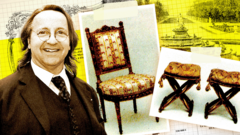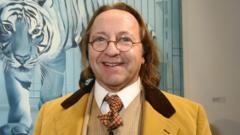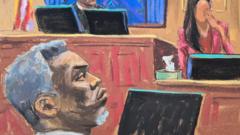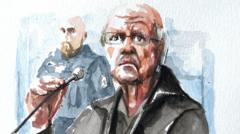In the early 2010s, a pair of lavish chairs, allegedly associated with the historic Palace of Versailles, made waves in the French antique sector. Indicated as among the grandest made for Marie Antoinette, these chairs featured the emblem of renowned cabinetmaker Nicolas-Quinibert Foliot, who crafted furniture in Paris during the 1700s. In 2013, the chairs were classified as "national treasures" by the French government upon the Palace's request. The establishment showed interest in purchasing them but found their asking price of €2 million (£1.67 million) excessively high. They ultimately ended up in the collection of Qatari Prince Mohammed bin Hamad Al Thani.
The past few years have seen an influx of purported royal furniture from the 18th Century appearing on the antique market, including chairs said to have belonged to both Marie Antoinette and Madame du Barry, as well as several other notable French figures. While many of these items were secured by Versailles for their museum collection, in 2016, the acquisition of these royal chairs unraveled into a shocking national scandal that tarnished the reputation of the French antique trade—the realization that the chairs were, in fact, elaborate forgeries.
A prominent antiques authority, Georges "Bill" Pallot, alongside skilled cabinetmaker Bruno Desnoues, faced serious charges of fraud and money laundering after a lengthy investigation spanning over nine years. Additionally, Laurent Kraemer and his gallery, accused of negligence in selling some of the counterfeit chairs, denied these allegations.
Pallot, a sought-after expert on 18th-century French furniture, often consulted by Versailles, initially conceived the scheme with Desnoues in 2007, starting as a light-hearted challenge to replicate an armchair attributed to Madame du Barry. However, as their efforts proved successful, they escalated their operation, crafting more forgeries and selling them through intermediaries to galleries and auction houses.
In court, Pallot described how they sourced inexpensive wood frames and aged them to mimic the antique look, impressed by stamps from prominent furniture makers of the time. They networked to market their counterfeit creations, ultimately profiting an estimated €3 million, while they claimed about €700,000 had been the actual gain deposited in overseas accounts.
Allegations surfaced against their privileges, as Pallot reportedly abused his access to archives from prestigious institutions like Versailles and the Louvre to produce convincing replicas. Legal representatives for Versailles noted that Pallot could identify missing items and replicate them accurately, exploiting his expertise to mislead institutions that once regarded him as a trustworthy partner.
The culmination of the case arose when the lavish lifestyle of a handyman linked to the main defendants captured the attention of French authorities, revealing a conspiracy as they traced the financial trail back to Pallot and Desnoues. Members of the gallery that sold fakes to illustrious buyers like Versailles were accused of gross negligence, raising questions about the lack of scrutiny in the antiquities market.
As the trial progresses, the ramifications of this incident signal an urgent need for enhanced oversight within the antiques market, demonstrating the delicate balance between trust and verification in transactions related to historical artifacts.



















